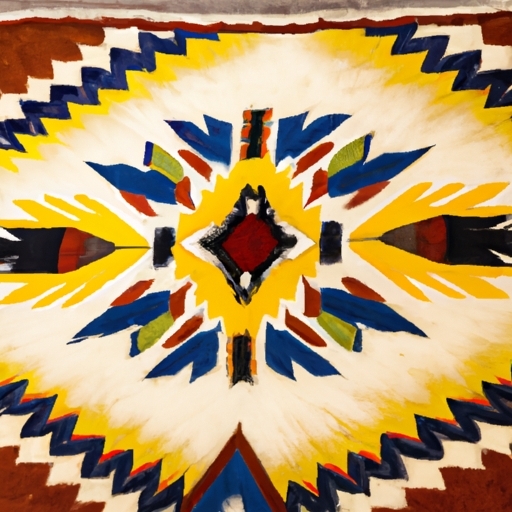
History and significance of Native American rugs
how to find native american ancestry
Finding Native American ancestry can be an exciting and rewarding journey that connects you to the rich history and culture of indigenous peoples. One way to start this search is by gathering information from family members who may have knowledge or stories about possible Native American ancestors.
Talking to relatives, especially older generations, can provide valuable clues and insights into your family's heritage. They may remember stories, traditions, or even specific names of ancestors who were part of a Native American tribe. By listening to their accounts and documenting what they share, you can begin piecing together the puzzle of your ancestry.
In addition to talking with family members, it is also helpful to look through old photographs, documents, and records for any references to Native American heritage. This could include birth certificates, marriage licenses, census records, or even letters that mention connections to indigenous communities.
Once you have gathered as much information as possible from your family tree, you can then turn to resources such as tribal websites, genealogy databases, historical archives, and DNA testing services to further explore your Native American ancestry. These tools can help verify the information you have collected from relatives and potentially uncover new details about your roots.
It's important to approach this research with an open mind and respect for the cultures and histories of Native American tribes. Remember that finding ancestors is not just about adding names to your family tree but also about honoring the legacy of those who came before you.
By taking the time to gather information from family members and utilizing available resources for research, you can embark on a meaningful journey of discovery that deepens your connection to your Native American heritage.